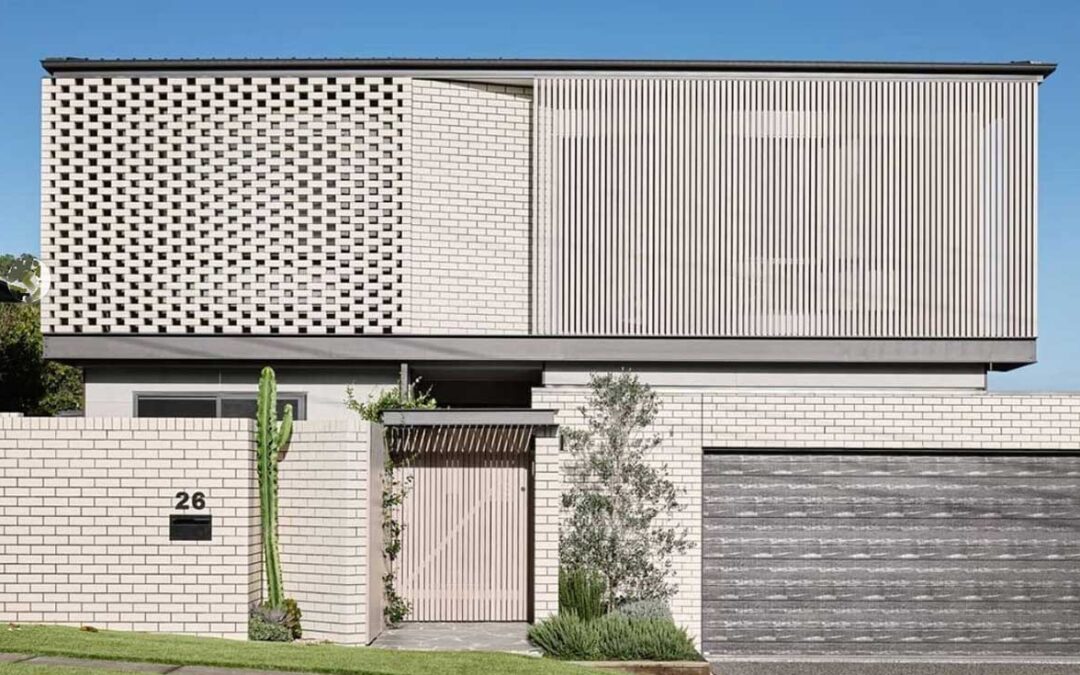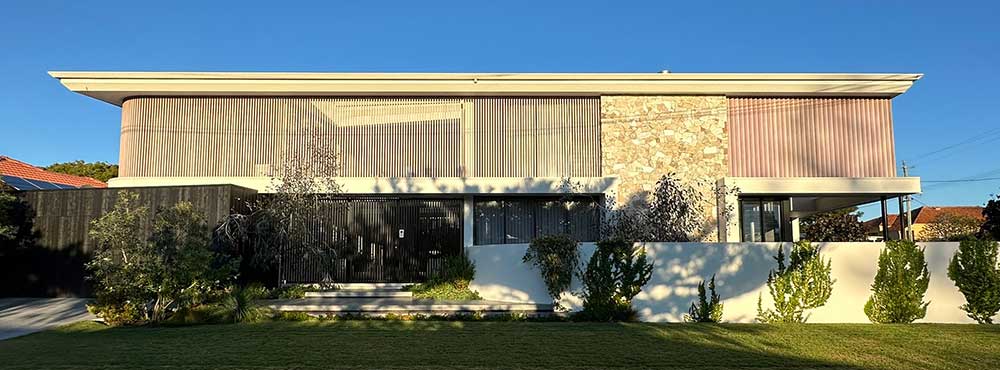Brise Soleil, a term that translates to “sun breaker” from French, refers to architectural elements designed to protect buildings from excessive sunlight and glare while allowing natural light to filter through. These features have roots in traditional architecture but have evolved significantly with modern technological advancements.
Contemporary applications of Brise Soleil combine functionality, aesthetics, and sustainability, making them a popular choice in various building designs worldwide.
Historical Context and Evolution
The concept of Brise Soleil dates back to ancient times when structures incorporated overhangs and perforated screens to shield interiors from harsh sunlight. However, it was the visionary architect Le Corbusier who popularised the term in the mid-20th century. His designs, particularly the iconic Unité d’Habitation in Marseille, showcased how Brise Soleil could be both a practical and aesthetic element of modern architecture.
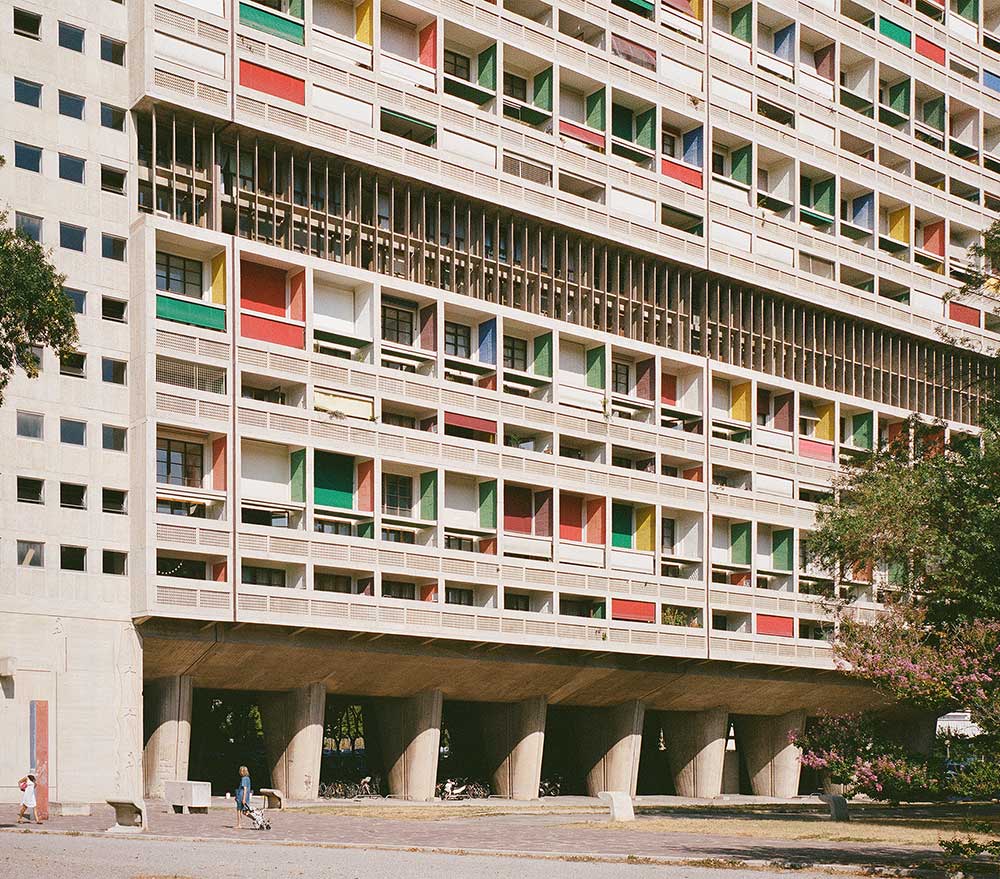
Unité d’Habitation
Functionality Meets Aesthetics
In contemporary architecture, Brise Soleil systems are designed with precision to address specific climatic conditions and enhance the visual appeal of buildings. These systems can be fixed or movable, horizontal or vertical, and are often customised to fit the unique requirements of each project.
Fixed Brise Soleil
These are permanent structures, often made of materials like concrete, metal, or wood. Fixed systems are strategically placed to block the sun’s rays during peak hours while allowing light penetration during other times. The example below illustrates the application of powder coated aluminium vertical battens and angled elliptical blades. The low-level morning sun penetrates the battens illuminating the bedroom walls behind which at later times of day are in shade and not readily visible.
Movable Brise Soleil
These systems offer flexibility, adapting to changing environmental conditions. They can be automated to respond to the sun’s position, enhancing energy efficiency.
Al Bahar Towers in Abu Dhabi illustrates this principal well with fixed hexagonal Brise Soleil modules that dynamically adjust to optimise light and heat management in relation to the sun’s position or internal conditions.
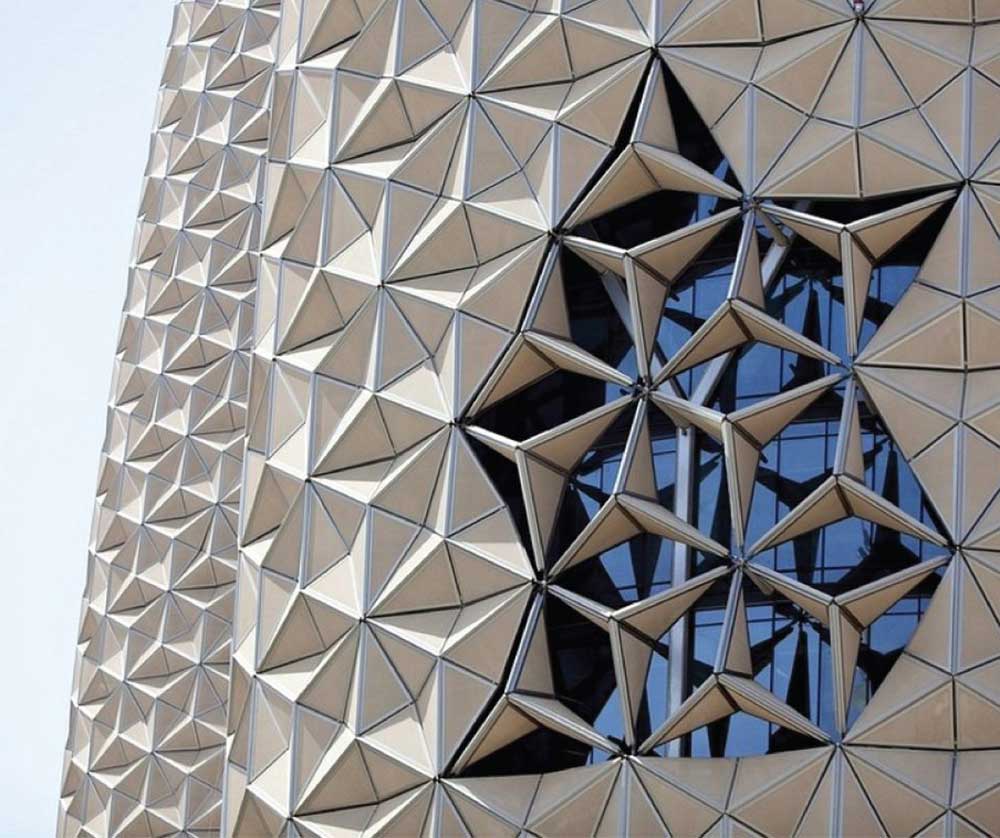
Al Bahar Towers in Abu Dhabi
Materials and Sustainability
Modern Brise Soleil systems utilise a range of materials, each offering unique benefits. Aluminium and steel provide durability and low maintenance, while bricks or timber add a natural, warm aesthetic. Innovative materials like photovoltaic panels integrate energy generation into the sun-shading system, exemplifying sustainability.
The use of advanced computational design tools allows architects to simulate and optimize the performance of Brise Soleil systems. Parametric design enables the creation of complex geometries that can be precisely engineered to maximise shading efficiency while minimising material use. This approach not only enhances the building’s energy performance but also reduces its environmental footprint.
The Institut du Monde Arabe in Paris, designed by Jean Nouvel, features a kinetic façade with mechanical lenses that open and close to regulate light entry, a perfect blend of tradition and modern technology.

The Institut du Monde Arabe in Paris, designed by Jean Nouvel
Urban and Cultural Integration
Contemporary Brise Soleil designs are not limited to functionality; they also reflect cultural and contextual narratives. In regions with strong vernacular traditions, Brise Soleil can incorporate local motifs and patterns, fostering a sense of place and identity. For instance, the Mashrabiya screens in Middle Eastern architecture, reinterpreted in modern designs, provide cultural continuity while addressing contemporary environmental challenges.
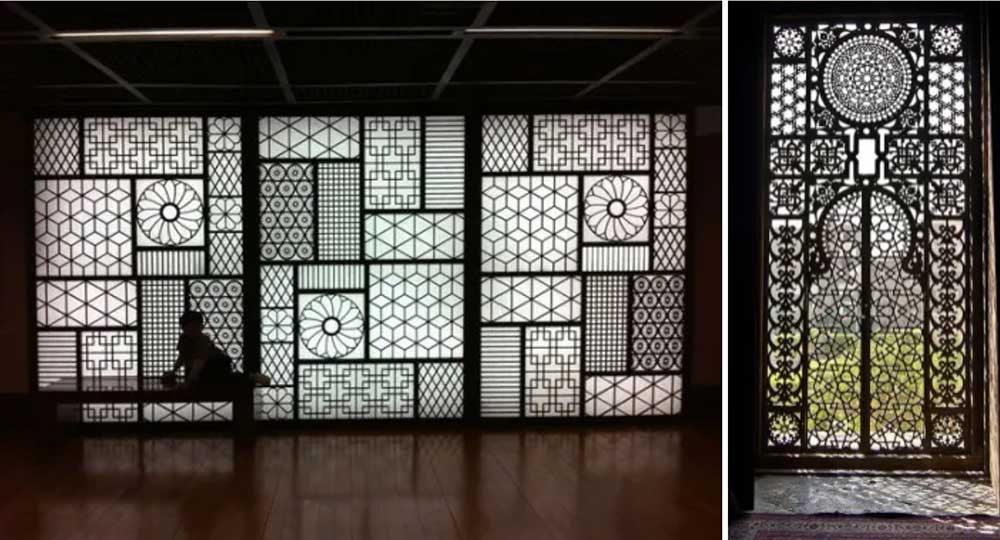
Example of a contemporary Mashrabiya patterned screen beside a more traditional screen.
Impact on Building Performance
The integration of Brise Soleil systems significantly impacts the thermal and visual comfort of building occupants. By reducing solar gain, these systems lower cooling loads, contributing to energy savings and enhanced indoor climate control. Additionally, they offer privacy to indoor spaces and mitigate glare, creating more comfortable and productive interior spaces.
Conclusion
The contemporary application of Brise Soleil exemplifies the fusion of traditional architectural wisdom with modern technological advancements. These systems not only enhance the aesthetic appeal of buildings but also contribute to sustainability and energy efficiency.
You might also be interested in...
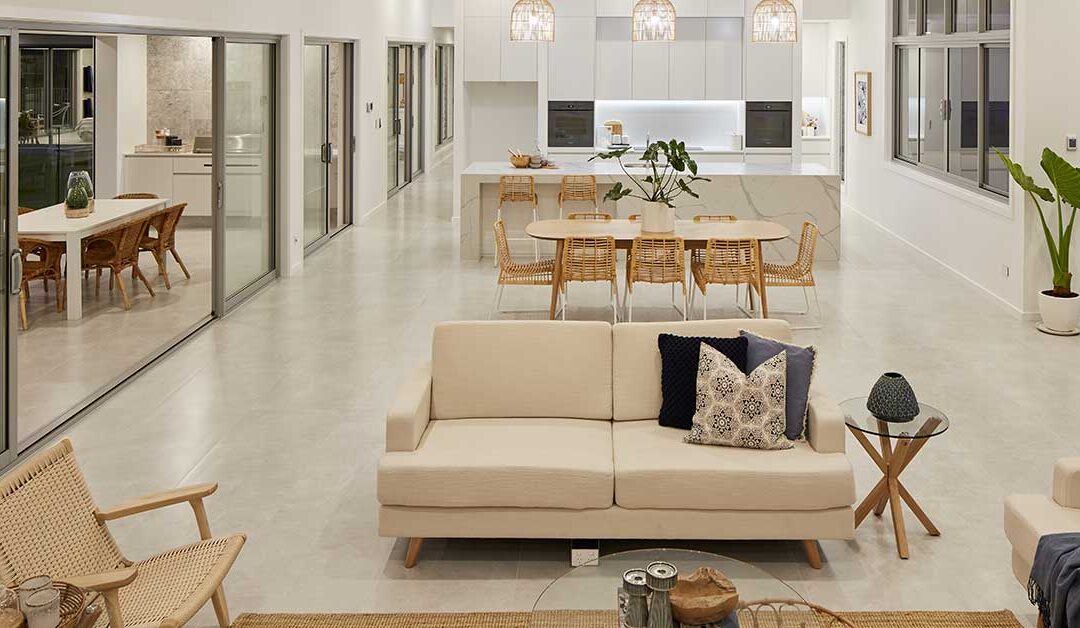
The Most Popular Home Configurations in Australia in 2024
Discover 2024’s top Australian home configurations: bedrooms, bathrooms, and parking preferences. Explore how changing lifestyles shape popular house configurations nationwide.
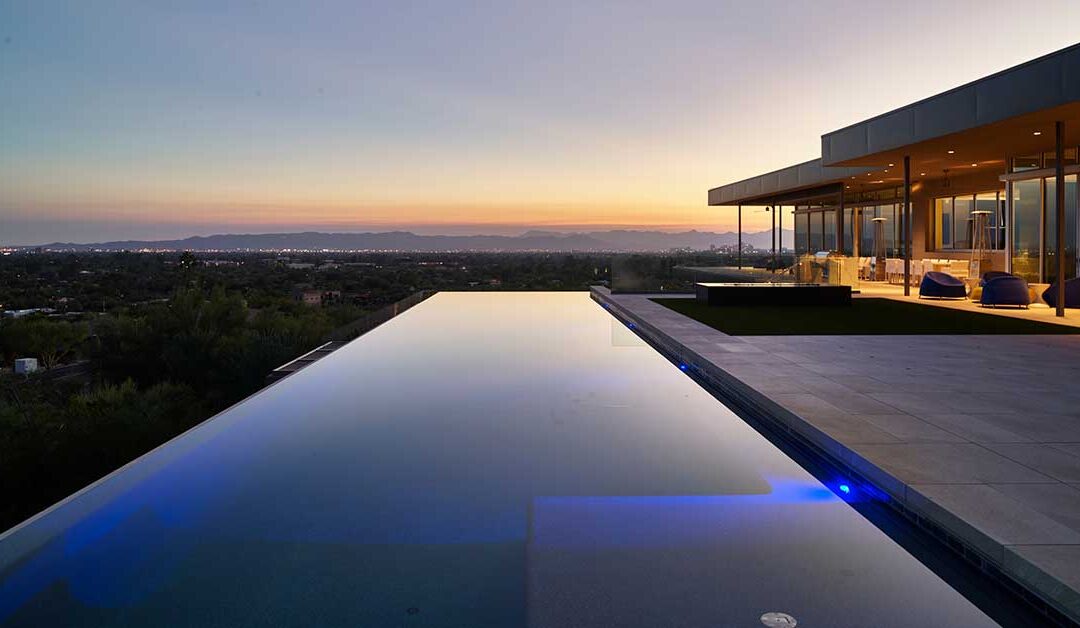
Architectural Design Trends for 2024
The homes of 2024 will not just be spaces to inhabit; they will be a testament to the evolving needs, values, and aspirations of the modern homeowner.

